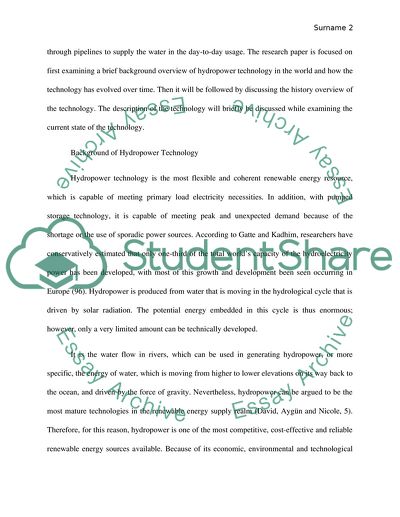Cite this document
(Hydroelectric Power Technology Case Study Example | Topics and Well Written Essays - 1537 words, n.d.)
Hydroelectric Power Technology Case Study Example | Topics and Well Written Essays - 1537 words. Retrieved from https://studentshare.org/technology/1688160-alternative-energy-source
Hydroelectric Power Technology Case Study Example | Topics and Well Written Essays - 1537 words. Retrieved from https://studentshare.org/technology/1688160-alternative-energy-source
(Hydroelectric Power Technology Case Study Example | Topics and Well Written Essays - 1537 Words)
Hydroelectric Power Technology Case Study Example | Topics and Well Written Essays - 1537 Words. https://studentshare.org/technology/1688160-alternative-energy-source.
Hydroelectric Power Technology Case Study Example | Topics and Well Written Essays - 1537 Words. https://studentshare.org/technology/1688160-alternative-energy-source.
“Hydroelectric Power Technology Case Study Example | Topics and Well Written Essays - 1537 Words”, n.d. https://studentshare.org/technology/1688160-alternative-energy-source.


